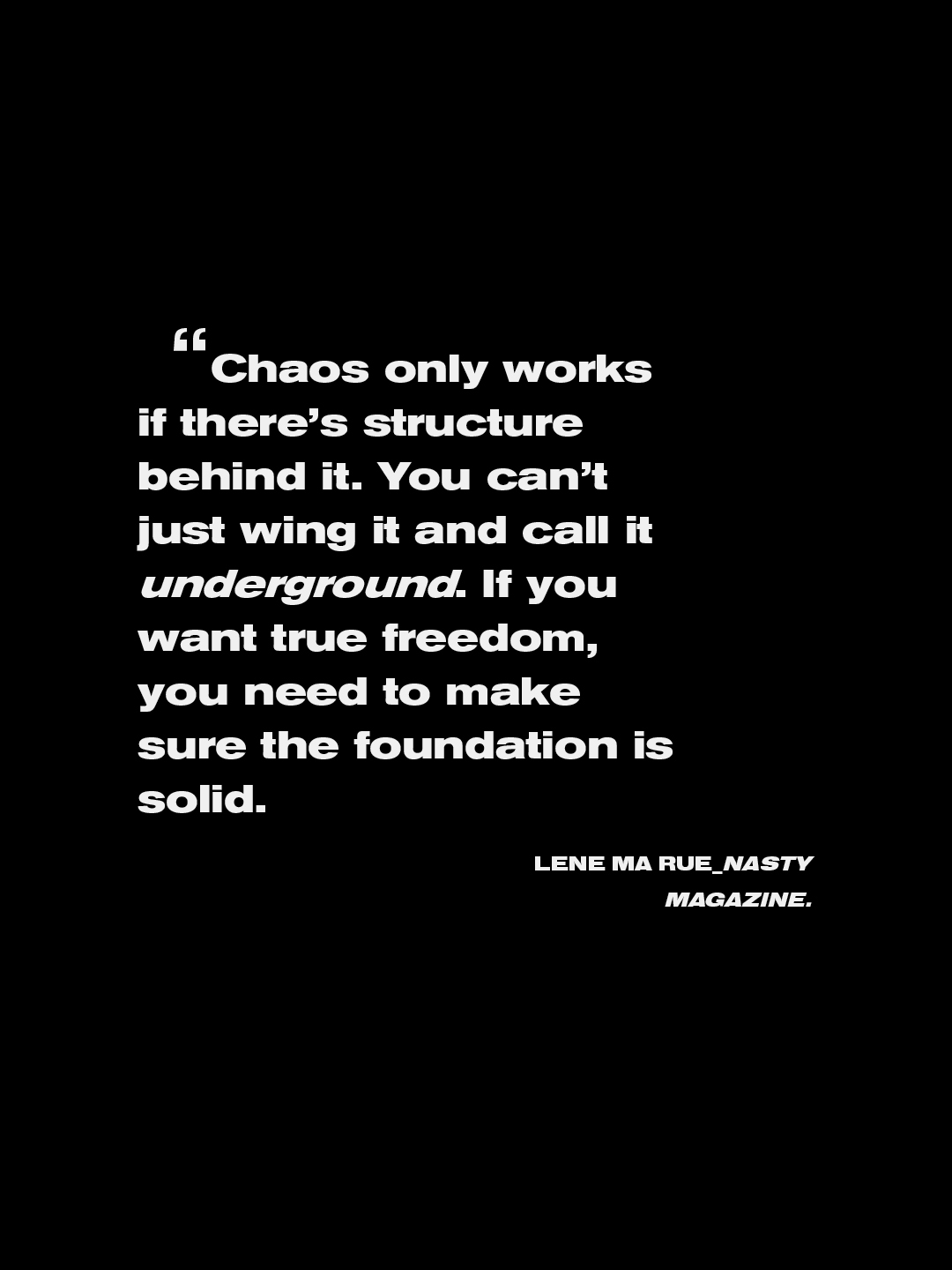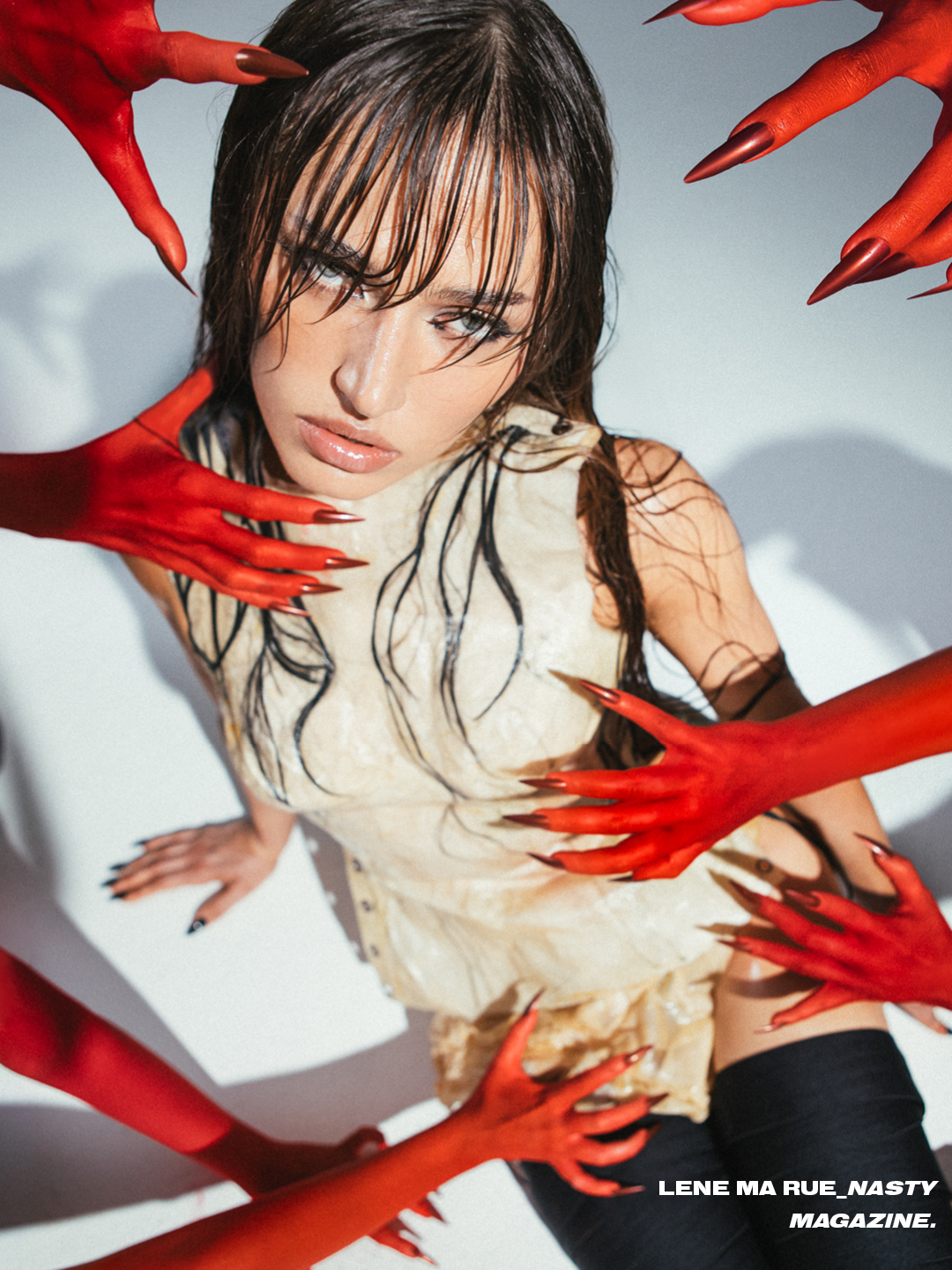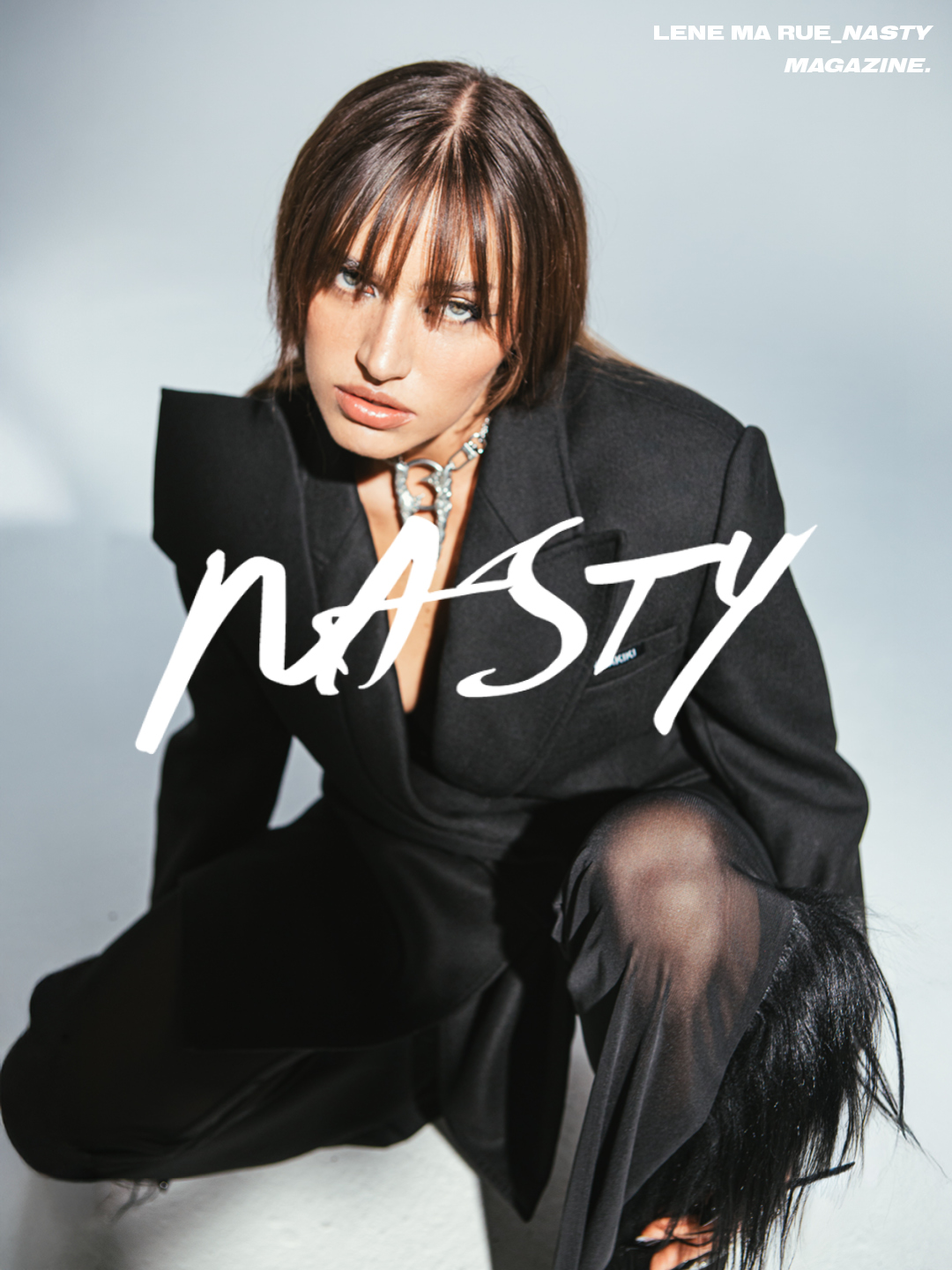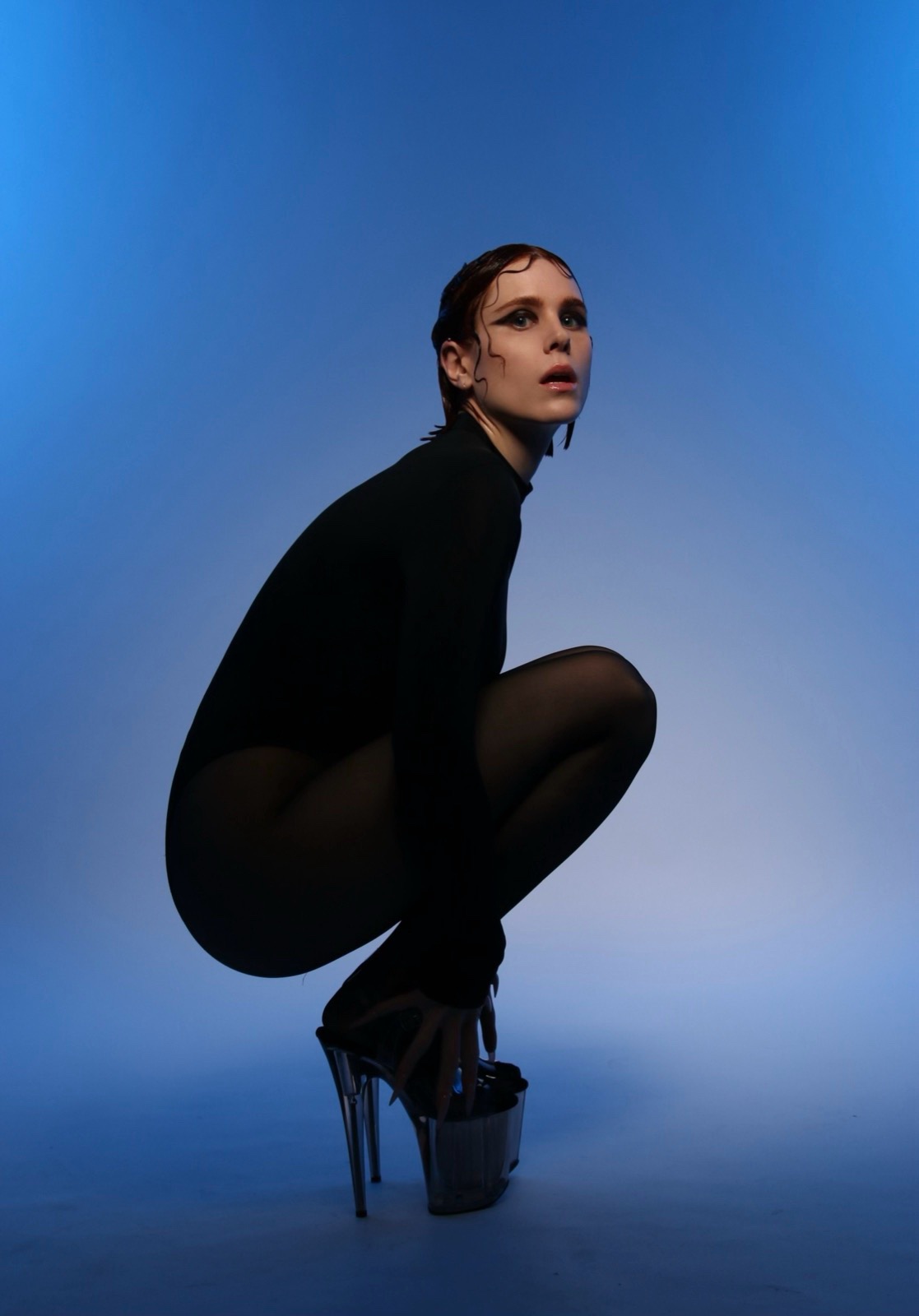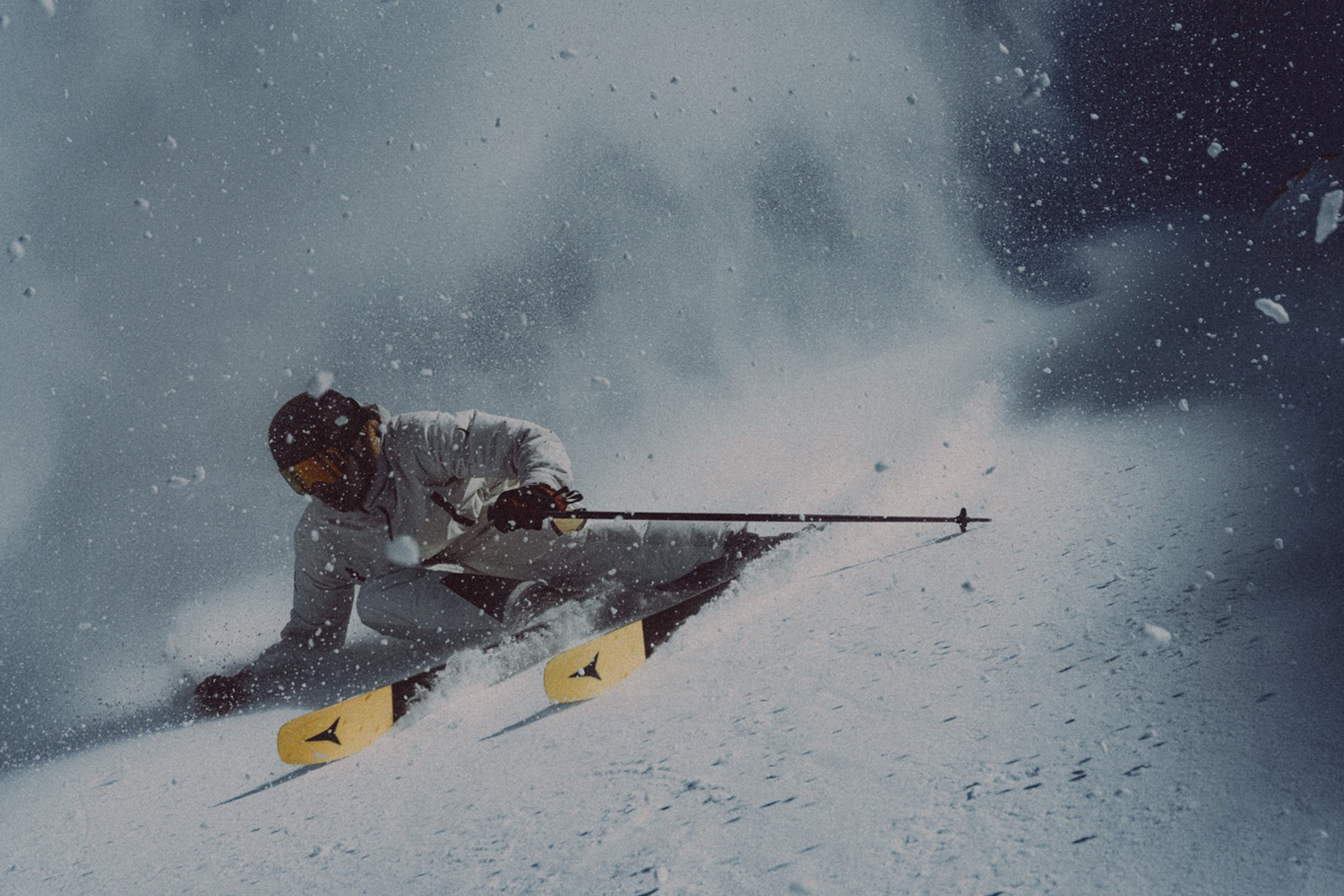You were the first artist to revive off-location warehouse culture in Estonia when the country’s techno scene was still very club-centric. When you think about those early events, what were the core values or aesthetics you were trying to protect that you felt club environments couldn’t hold anymore?
When I started organizing off-location events, I wasn’t trying to recreate something foreign. I was trying to reclaim something that felt real. But to be honest, it all began because I got banned from the biggest underground spots in Estonia, and honestly, I just didn’t have anywhere to go that excited me anymore. Everything felt flat, so I decided to do it myself. At that point, I’d been going to a lot of events in Estonia, and I couldn’t stop noticing how much better they could be. I didn’t know exactly how, but I had this weird confidence that I could fix it. I wanted something raw again. Clubs started feeling too safe, clean, predictable, curated. I missed that moment when you walk into a random, half-broken space and it suddenly turns alive because of the people and the sound. Warehouses gave me that freedom: no rules, no hierarchy, no pretending to be someone. Just respect and energy. One night where nobody’s a label, not rich or poor, weird or cool, Estonian or not. Just human. I wanted that chaos, that risk, that feeling that the whole thing could fall apart at any second, because that’s when it feels real. The nights near Paljassaare harbour were special because everyone there chose to be there. You couldn’t just stumble in like at a club. You had to find it. And when a crowd comes together like that, something wild happens: tension, unity, emotion. That’s what I wanted to protect.
Warehouse raves demand a different level of risk, logistics, and secrecy, from sound systems and architecture to working around local regulations. What was the biggest lesson from building those events from scratch, and how has that shaped how you curate raves today?
The biggest thing I learned is that chaos only works if there’s structure behind it. You can’t just wing it and call it underground. If you want true freedom, you need to make sure the foundation — electricity, safety, logistics — is solid. The biggest personal fear was electricity, whether the system could actually handle a production of that scale. I went through all the industrial current documentation, made sure everything was correct on paper, but that little fear stayed with me until the very end of my first warehouse event. That night, the police kept driving past, curious. Eventually they came to the door, and because everything was done properly, nothing happened. But the whole time, I was playing out every possible scenario in my head, what if they shut us down. That tension between control and collapse is what made the night spicy for me. And honestly, being an artist/DJ, driver, promoter, lineup curator, bar supplier, accountant, logistics manager, stage builder, promo/social media person, art exhibition adviser, food truck coordinator, furniture mover, decorator, stage production contact, and basically the cleaner at the end, next time I might use some help in here. And yeah, choose the right agencies to work with. Some care about building real scenes, some don’t. If they don’t, don’t waste your time.
Artists from smaller scenes often have to fight twice, first for space, then for recognition. How has coming from Estonia shaped your hunger, your aesthetic, and your sense of responsibility toward your community?
Being from Estonia gives you this mix of pride and frustration. It’s a small scene, everyone knows each other, but it’s also full of people trying to build something real with almost no infrastructure. You can’t just wait for opportunities here. You create them.
There’s hunger in that. You learn to do things yourself, build your own context, your own crowd. But there’s also a quiet understanding that we’re all in it together, because it’s fragile. Growth isn’t easy. You often need your own country to believe in you before anyone else does, and if your country is as tiny as Estonia, that can be hard. My sound comes from that tension, uplifting energy that hides a lot underneath. I feel responsible for keeping space open for others who don’t fit the norm, people like me who never wanted to play by the “right” rules but still have something real to say.
In the early stage of your career you were both selecting music and selecting spaces, two forms of curation. How did those dual roles influence your sound? Do you feel your music today still belongs to a space before it belongs to a crowd?
They’ve always been connected. When I think about a space, I hear how sound travels through it. I know how bass behaves in concrete, how reverb moves down a tunnel. That shaped everything, what I played, how I mixed, and later, how I produced. Music belongs to me, sorry everyone. But in the way it belongs to everything that inspires me: human dancing, high ceiling, grey mud, liquid dark movements, throwing up, etc. There are a lot of weird things that inspire me.
You’ve said unpredictability matters to you. In an era where many DJs chase viral drops and linear festival formulas, how do you avoid becoming “algorithmic,” both musically and in your career decisions?
Unpredictability is everything. I never want to be predictable, not in sets, not in career choices. The moment I start playing for algorithms or crowd reactions, I don’t want it. I stay intuitive. Sometimes I play something that makes the room still instead of explode, and I’m okay with that. I’d rather make people feel something uncomfortable than just keep them entertained. Same goes for my career. I say no to things that don’t align, even if they make sense on paper. I don’t want to be branded. I want to stay human. Chaos keeps me grounded and that’s why I started this.
Your sound is intense and confrontational, but emotion is usually born from something deeply personal. When you strip away the volume and machinery, what feeling actually drives your artistic core?
 https://www.nastymagazine.com/wp-content/uploads/2021/09/dominika-by-marco-giuliano-012.jpg
1620
1080
admin
https://www.nastymagazine.com/wp-content/uploads/2015/02/new-logo-basker-WHITE4.png
admin2021-12-04 19:15:052023-12-04 19:22:04How soon is now / Palazzo Segreti
https://www.nastymagazine.com/wp-content/uploads/2021/09/dominika-by-marco-giuliano-012.jpg
1620
1080
admin
https://www.nastymagazine.com/wp-content/uploads/2015/02/new-logo-basker-WHITE4.png
admin2021-12-04 19:15:052023-12-04 19:22:04How soon is now / Palazzo Segreti

